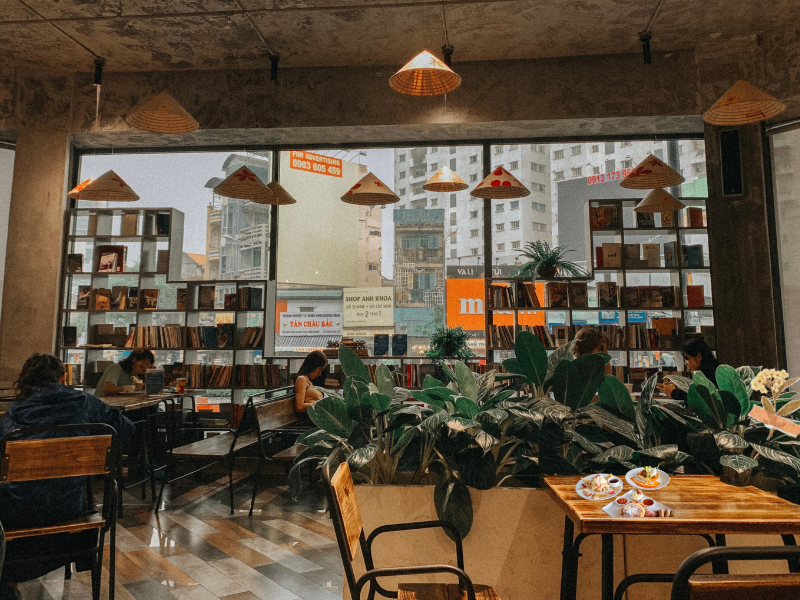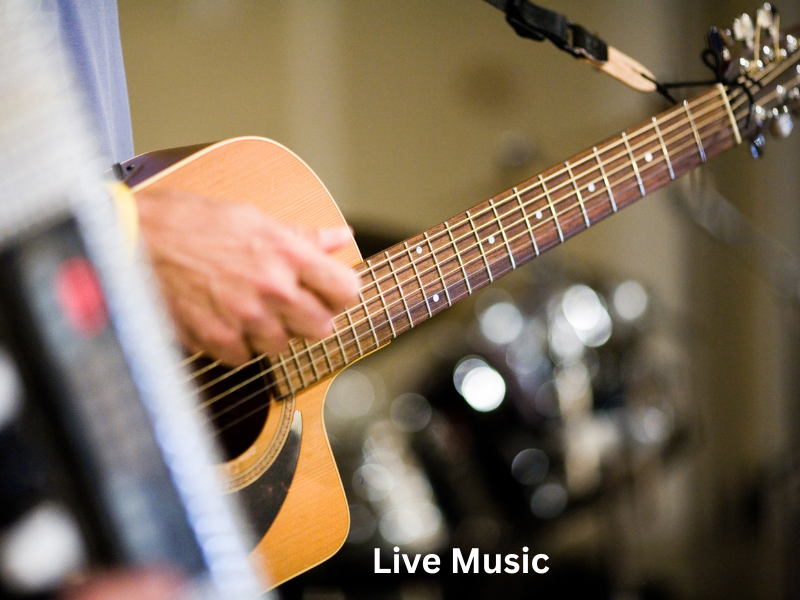In a world that feels increasingly fast-paced and digitally connected yet socially distant, people are seeking more than just great coffee—they’re searching for connection and community. It’s a space where conversations bloom, creativity flows, and a sense of belonging is brewed alongside your coffee.
But what exactly is a “third space,” and why are cafes playing such a central role in this shift? Let’s dive into how cafes are redefining themselves as modern-day gathering spots—and why that matters now more than ever.
About “Third Space”
The term “third space” refers to a setting that’s neither your first place (home) nor your second place (work or school). Instead, it’s a neutral, inclusive environment where people can meet, unwind, and engage with their connections.
Third spaces – places where informal social interactions happen naturally, fostering a sense of identity and connection between two individuals.
In recent years, cafes have emerged as one of the most prominent third spaces, especially in urban and suburban cities.

Why Third Spaces Matter Today
We live in a world where remote work is on the rise, urban isolation is common, and digital communication often replaces face-to-face interaction. As a result, people are craving physical spaces where they can exist without the pressure of productivity or performance.
Here’s why third spaces, and especially cafes, are so important:
- They foster community – by encouraging regular, casual interactions.
- They provide mental rest – offering a break from home and work demands.
- They support inclusivity – welcoming people from all backgrounds.
- They ignite creativity – becoming spaces where ideas are born and shared.
For many, that neighbourhood cafe is more than just a pit stop for caffeine—it’s a safe heaven and a social hub.
What Makes a Café a True Third Space?
Not every cafe qualifies as a third space. Some are purely transactional, with little to no space for conversation. But those that succeed in creating a true third space share a few common characteristics:
1. Welcoming Atmosphere
The best third space cafes feel like an extension of your living room. They offer comfortable seating, warm lighting, soft background music, and a vibe that invites you to stay more.
Baristas greet you by your respected name. Staff remember your usual orders if you are frequent visitors. It’s the kind of place where people feel known, not just served.
2. Accessible and Inclusive
A third space cafe is open to everyone—students, freelancers, retirees, artists, parents with toddlers, and everyone in between. It doesn’t require a dress code or an appointment. You can show up as you are.
Some cafes go further by offering:
- Wheelchair-accessible seating
- Multilingual sign
- Gender-neutral bathrooms
- Community boards for local events
3. No Pressure to Buy or Leave
True third spaces don’t rush you out the door after you finish your drink. You’re welcome to sit with a single coffee for hours, working, reading, chatting, or just enjoying the moment.
Many cafés that embrace this model intentionally limit Wi-Fi or power outlets to encourage conversation rather than prolonged solo screen time. Others do the opposite—leaning into remote work culture by offering coworking-friendly features like desk setups or meeting rooms.
There’s no single formula, just a focus on making people feel comfortable and unpressured.
4. Community Programming
What really sets a third space café apart is how it engages with the local community. Events, workshops, open mic nights, book clubs, and pop-up markets transform the café from a business into a beating heart of the neighborhood.
Some notable examples:
- Art shows featuring local creators
- Live music nights with small acoustic sets
- Language exchange meetups
- Mental health support circles

The Business Value of Being a Third Space
From a purely business standpoint, becoming a third space might seem risky. Letting customers linger without constantly buying? Hosting community events for free? Offering comfortable spaces where people sit for hours?
Increased Loyalty
People who feel emotionally connected to a space are far more likely to become regulars. They’ll return again and again, bring friends, post on social media, and even choose your café over closer options because it feels like “theirs.”
Word-of-Mouth Growth
When your café becomes a gathering spot, it becomes a part of people’s stories: first dates, book club meetings, post-yoga catchups. That emotional resonance spreads naturally—no paid ads required.
Greater Resilience
During hard times (like economic downturns or pandemics), cafés with deep community roots tend to see more support. People want to help the places they feel are integral to their lives.
More Than a Trend
The “third space” café isn’t a passing fad. It’s a powerful response to modern loneliness, disconnection, and stress. As more people seek spaces that nourish both body and soul, the demand for meaningful, welcoming cafés will only grow.
Whether you’re a café owner, a regular customer, or just someone looking for a little community, keep an eye out for the places that offer more than good coffee. You might just find your new favorite space—your third space
